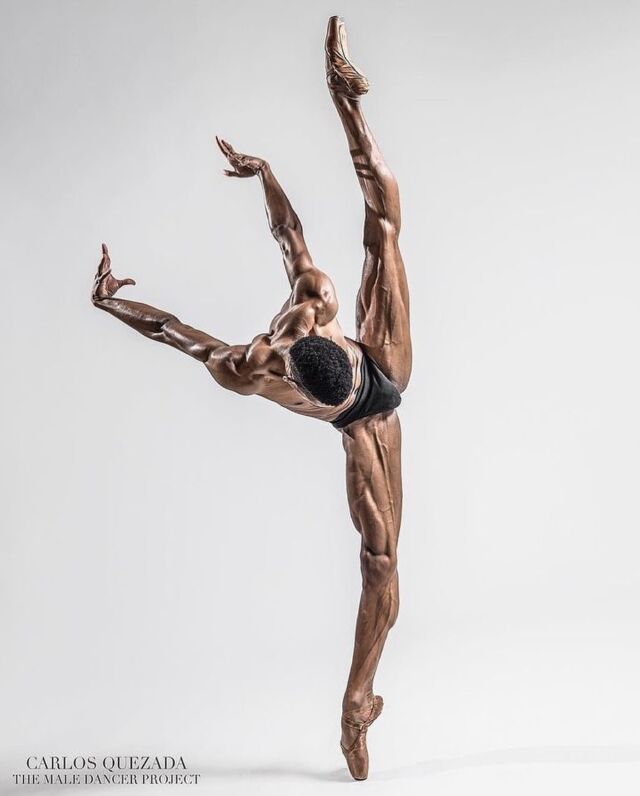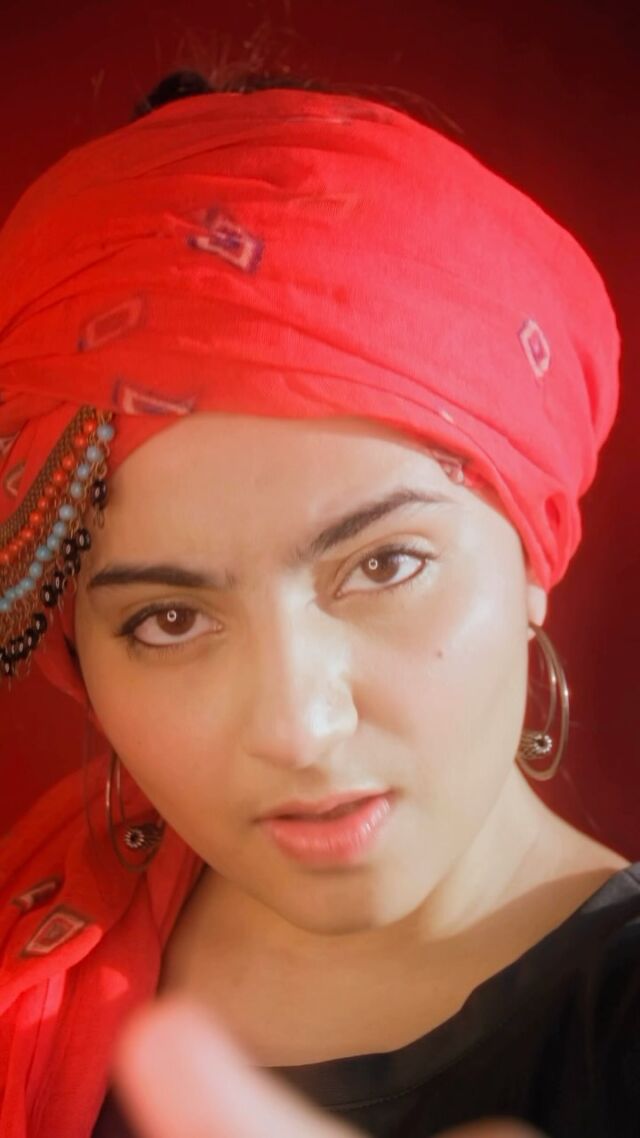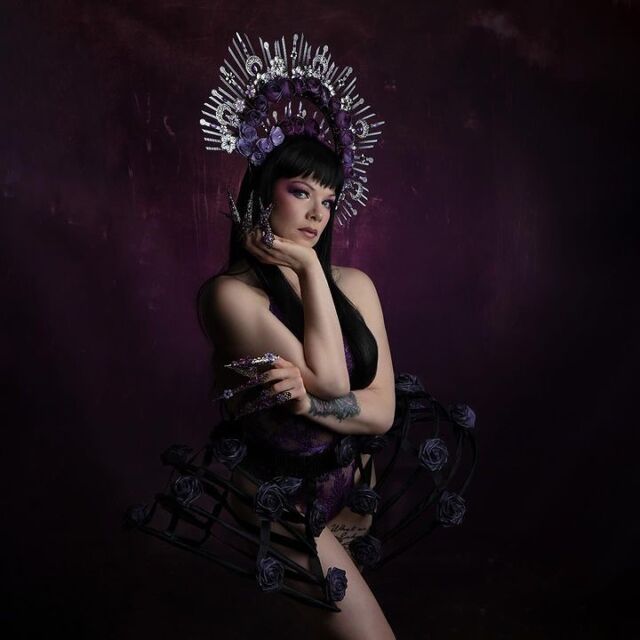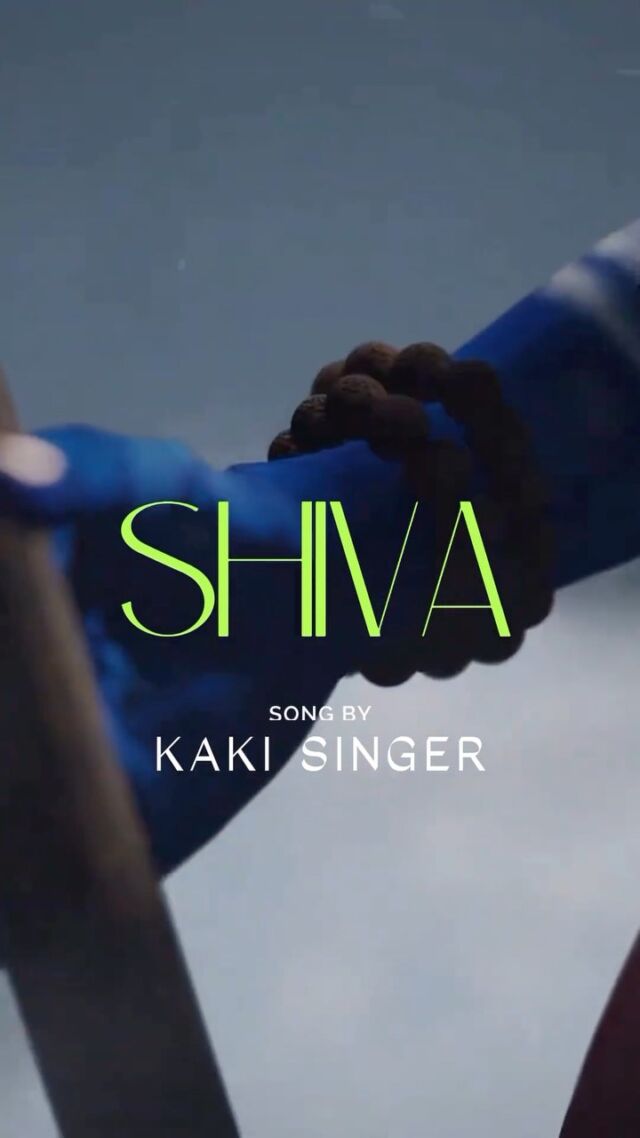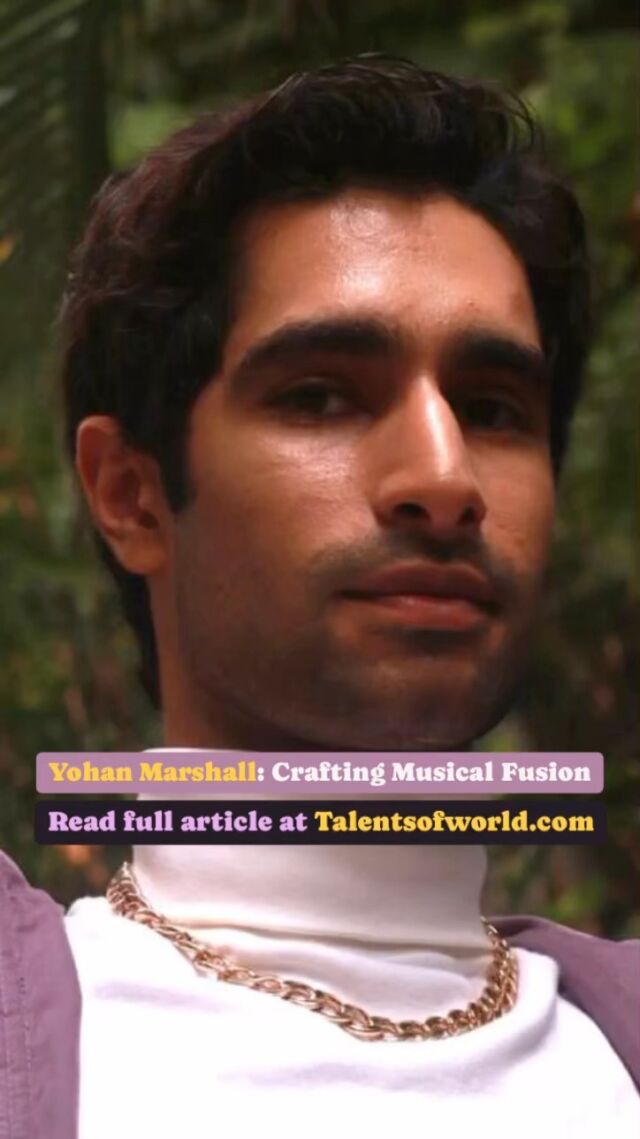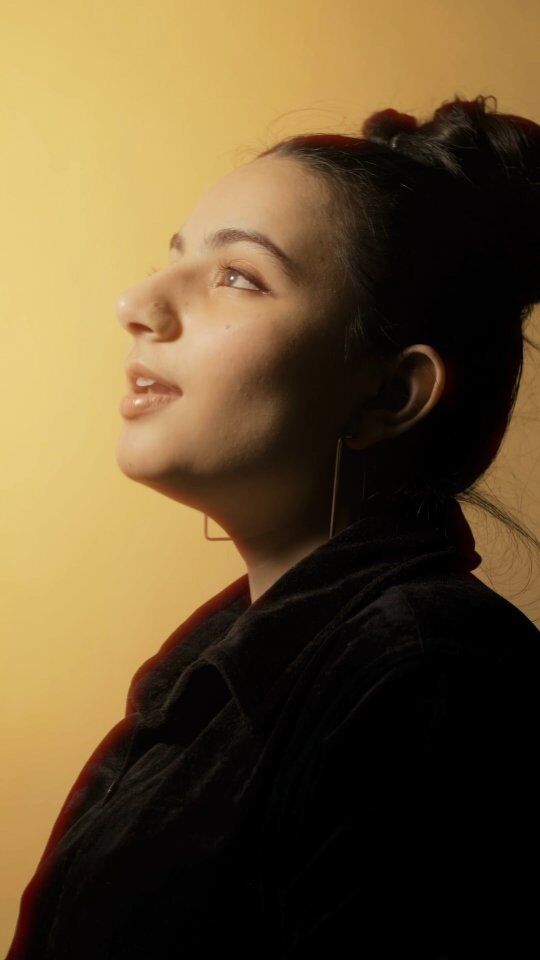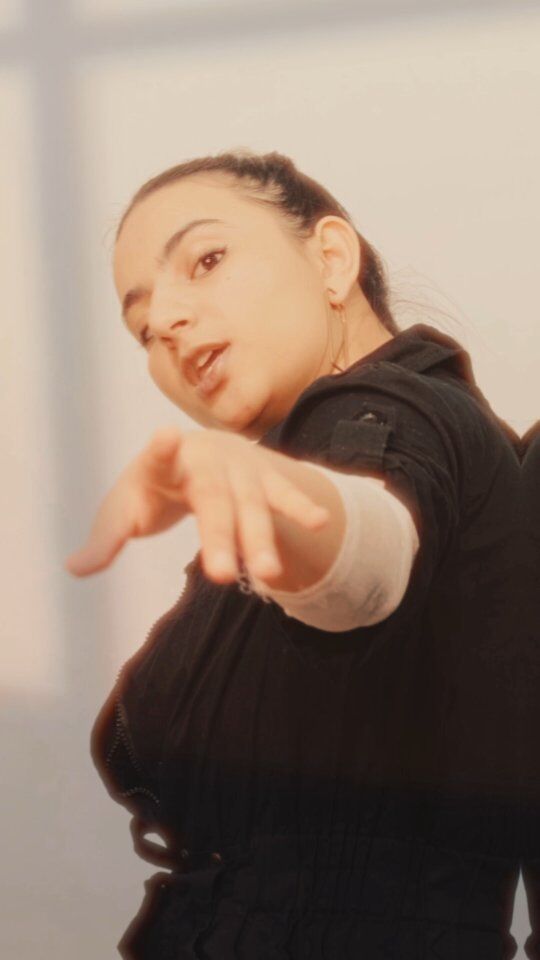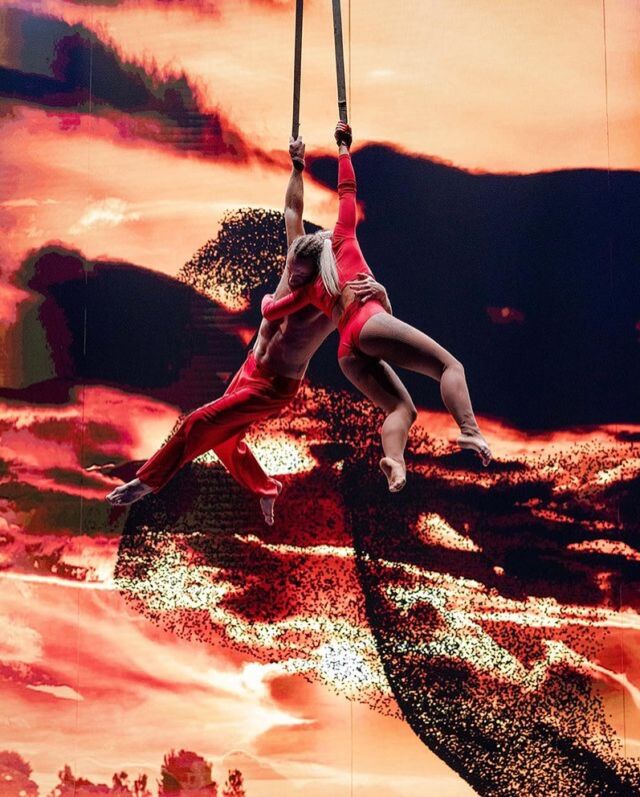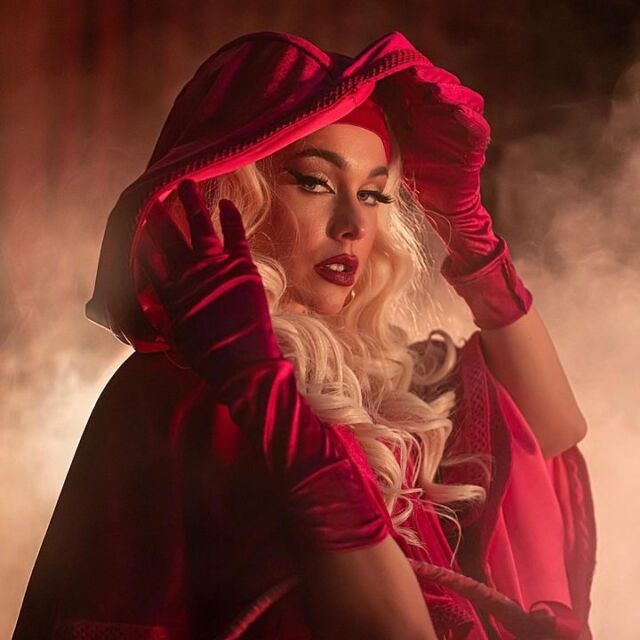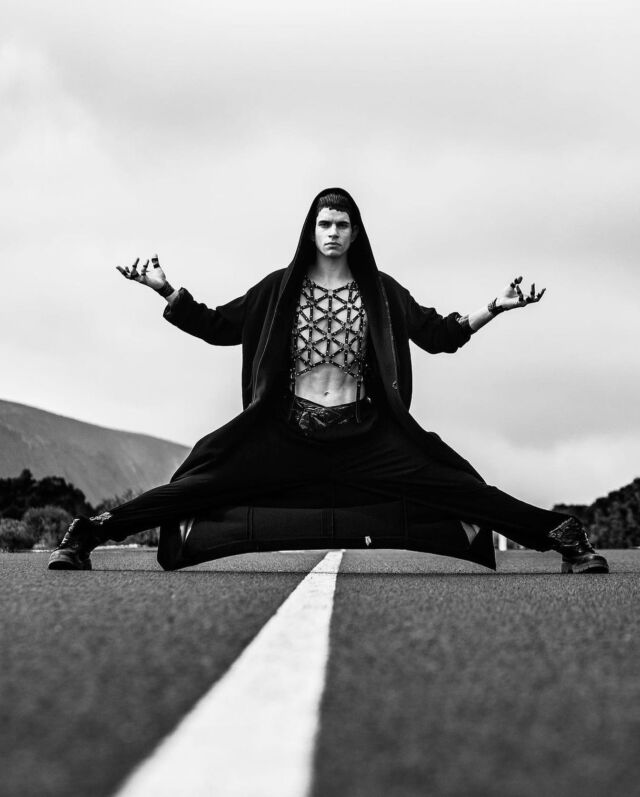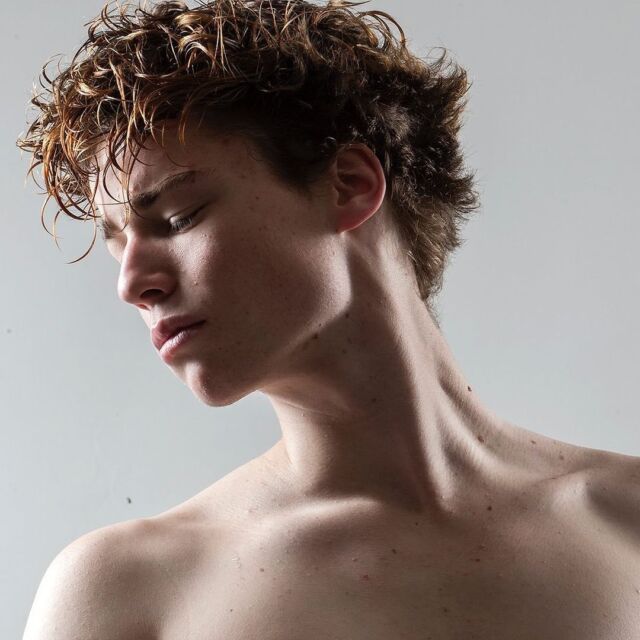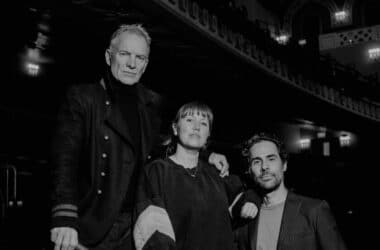The composer and pianist Anthony Davis is known for drawing inspiration from real-world figures in his operas.
“X: The Life and Times of Malcolm X” — recently mounted by the Metropolitan Opera — and “The Central Park Five,” which won the Pulitzer Prize in 2020, are both grave, ripped-from-the-headlines stories about well-known people.
But Davis has also written rollicking adaptations of literary material. Less frequently produced but no less interesting are chamber operas like “Lilith” — a saucy and inventive take on the story of Adam’s first wife that features a divorce court in the Garden of Eden. Similarly, “Lear on the 2nd Floor” is a riff on Shakespeare that brings “King Lear” into contemporary discussions about medicine and Alzheimer’s disease.
“The Reef,” Davis’s latest music drama to arrive onstage and his follow-up to “The Central Park Five,” seems more fitting in that literary cohort. That is, once it’s finished. Still in progress, the piece dipped its toes into the world by way of a recent workshop performance at Merkin Hall, presented by the Berkshire Opera Festival.
Adapted from Edith Wharton’s 1912 novel of the same name, “The Reef,” with a libretto by Joan Ross Sorkin, has been in development, in fits and starts, since 2014. (Since then, Davis premiered “The Central Park Five” and revised the score of “X,” ahead of its traveling revival.)
At the Merkin performance, the work departed significantly from Wharton’s text. For one thing, it’s set in Martinique rather than in Paris or the French countryside. The novel’s love-triangle treatment of romance, late Victorian propriety and social class has also been altered by a change of one character’s racial identity: The demimonde-adjacent Sophy is, in Davis and Sorkin’s version, the nursemaid Sonya, a biracial member of the sugar-cane estate’s domestic staff. A quartet of other Black workers on the estate, named the Invisibles, has also been added to the mix. The opera’s creators are toying with the idea of setting their story in 1928 to make more of the Jazz Age’s emergence.
During a talk-back at the Merkin preview, Sorkin told audience members, “When you adapt a book for the stage — particularly for the opera stage — you take the core of the story, and then you have to make it your own.”
So far, the modernist score is recognizably Davis’s: full of post-Second Viennese harmony, but also memorable motifs that, when reprised, take on fresh new shades of meaning. As usual, he offers a constantly shifting bed of rhythm and the occasional embrace of popular song styles.
Soon after the Berkshire Opera Festival presentation, Davis gave a phone interview from his home in California, where he is a professor at the University of California, San Diego. He explained his goals for “The Reef” and how he uses disparate aesthetics. These are edited excerpts from the conversation.
How did that workshop performance feel and sound to you?
It felt good! I thought the singers did a really excellent job with it. I think we still have a lot of work to do in terms of the dramatic structure, and how the piece will unfold. We’re kind of creating a story around “The Reef” — a lot of departures from the novel. I want to try to make sure we make all the right decisions.
What’s the next destination for “The Reef”?
I’m working with my publisher, looking for partners, though I sort of did this work on spec. I do some projects that are commissioned, and they’re all set out. But there was a period of time when I wasn’t getting commissions, and I wanted to keep working in opera. “Lear on the 2nd Floor” and “Lilith” evolved that way, working here at the university. To keep developing as a composer, keep working on projects, is something that’s really important to me. Sometimes you just can’t wait for the commission to happen.
Speaking of those more chamber works, which I like quite a bit: Do you envision a similar instrumentation for this?
It’s a little larger than “Lear” or “Lilith.” It probably would be a chamber orchestra. I hear a string section as well as steel drums. Double winds. I hear a lot of hand drums for the percussion, rather than drum set. Harp; I’m not even sure if I’ll have piano in the orchestration. That’s the direction I’m going in.
What drew you initially to Sorkin’s adaptation of the Wharton novel?
Because of how Edith Wharton was transported to Martinique — I saw some of the potential of that. Injecting the racial dimension into the story was interesting to me. When I heard the reading, I thought that might be a project I could do, and that it would be different from other projects I’ve done.
At Merkin Hall, Sorkin said that you told her that you “would love to write something about love and romance.” That reminded me of the song we heard, in the fourth scene, for the character of Christophe, a scion of wealth sung by the tenor Ryan Bryce Johnson.
He did an incredible job. It was really emotional and heartfelt. I’ve rarely written anything as direct as that. I think we play this with a little more naiveté than in the novel; his genuine feelings for Sonya come out in that.
Sorkin mentioned that it was your idea to add the vocal quartet of the Invisibles. How did that come to you?
These novels are about people of privilege. So having these people peeking in, who are working on the sugar cane — that’s a kind of interjection. They can sometimes be sarcastic, sardonic. When they sing “Little Black Girl” ——
This is the sort of calypso tune you’ve included in Scene Five.
Yeah. It’s really underneath what’s going on with the characters. In a way, the Invisibles are almost taunting Sonya. It’s a reality check from the Black workers of Martinique, saying: “OK, you don’t know this? You really don’t know this?” It’s almost as if Sonya thinks she can pass.
This sonic commentary also lets you play — as you like to do — with merging pop styles and modernist opera harmony, such as in “Shoot Your Shot!” from “X” or “If I Were a Black Man” from “Tania.”
Yes, it’s a guilty pleasure, because I love all kinds of music. And I don’t really look at music categorically: “Oh, this is classical music. This is jazz.” When I was writing “Lords of the Tropics” for “The Reef” — “They make the rules/They make the rules” — I was thinking of an Elvis song, how the Jordanaires sing with Elvis.
It’s a funny juxtaposition. It also has melodies, on top of it, that I would want not to have the blues in it — more abstract, so you have that combination. That’s something I learned from Charles Ives, too. I love Ives’s music, how he’s sometimes using tunes in his symphonies. But I wouldn’t quote the actual tune. I like to create my own.
Source link





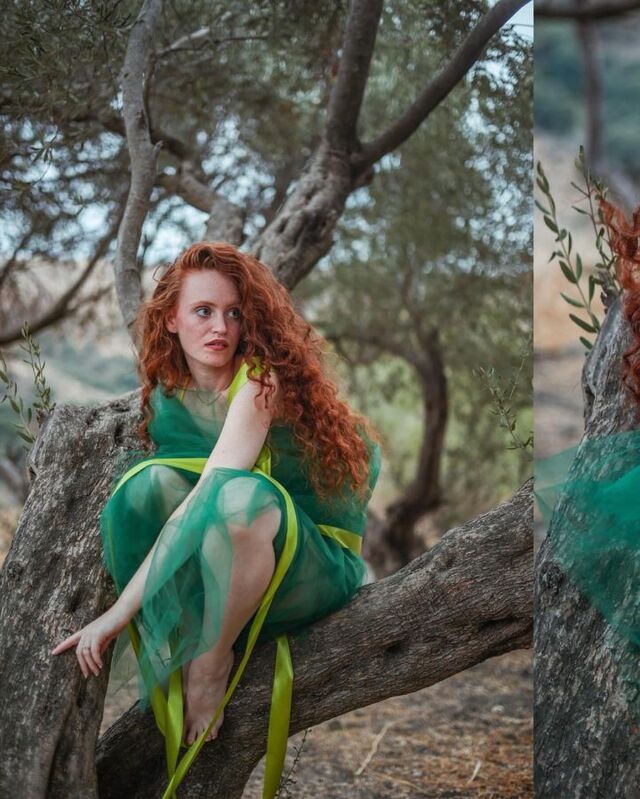
![Growing up learning Indian Classical Music, I’ve developed a deep appreciation for diverse musical genres, and techno is definitely one that has captured my interest. Got inspired to write this track by blending the beautiful melodies of Hindustani classical, particularly Raag Bhairav, with the beats of techno. Excited to share this fusion with you all!
Music by @miladzki
Check it out and vibe with me! 🎶✨
[ techno, newmusic, fusion, indianclassicalmusic, techno, music, kakisinger ]](https://talentsofworld.com/wp-content/uploads/wp-social-ninja/instagram/9xm.tv/18327743320185528_full.jpg)
![Listen to this Version of Dil Kho Gaya
Original Song From the Movie Dil.
Anand-Milind, Udit Narayan, Anuradha Paudwal sung this song
Music by Anand-Milind
Hope you guys like this Rendition of the Classic Song by Kaki Singer.
Like, Share & Comment.
[ Dil, Dil kho Gaya, old songs, Classic Bollywood, old song covers, retro songs, indian old songs, old hindi songs, melodies, kaki singer, Indian singers ]](https://talentsofworld.com/wp-content/uploads/wp-social-ninja/instagram/9xm.tv/17999564600299237_full.jpg)
